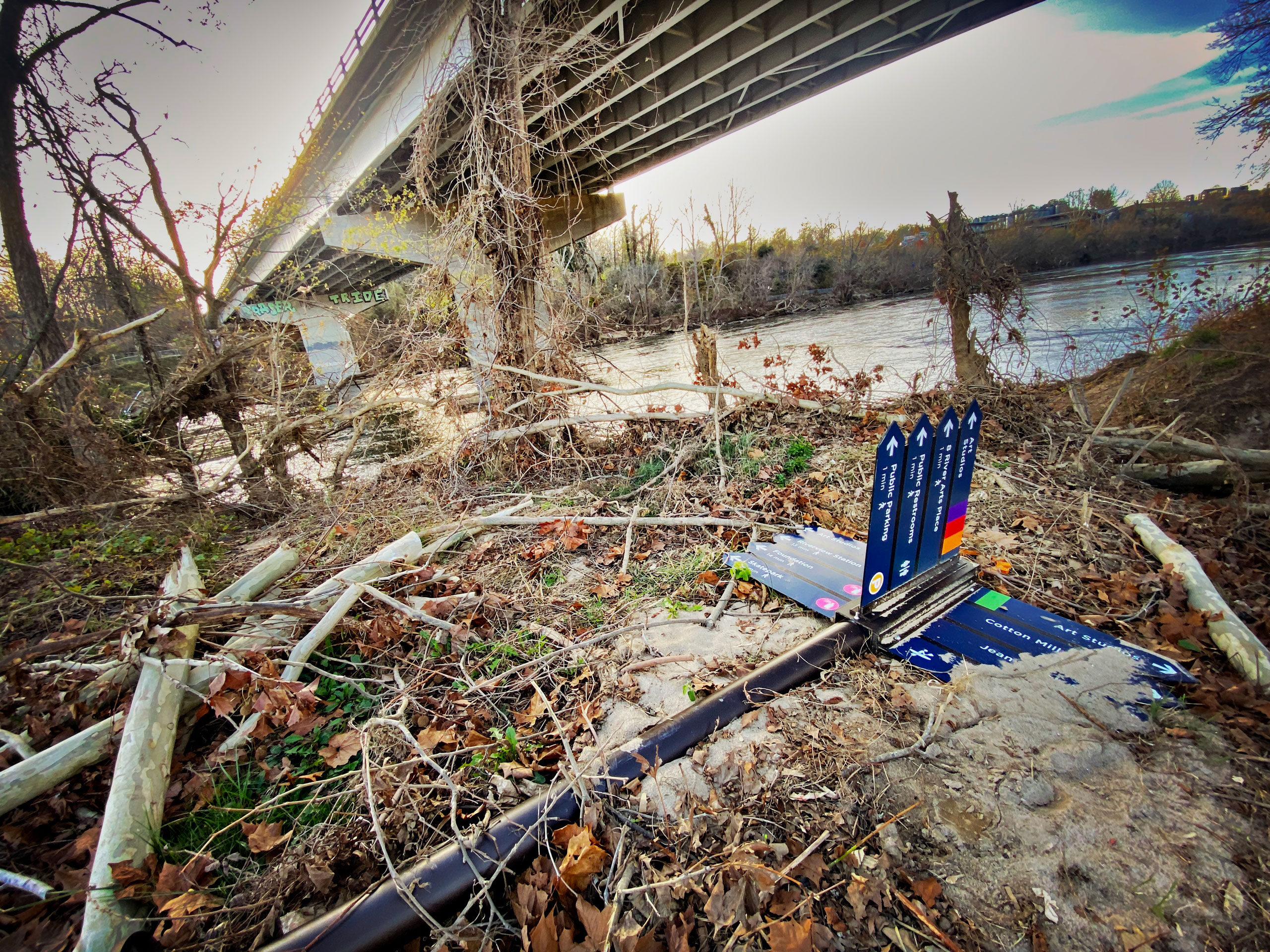
ICYMI: The Power Of LEO Satellite Connectivity In Disaster Relief Efforts
Sep 25, 2025
As we recognize National Preparedness Month this September, we also mark one year since Hurricane Helene made landfall, disrupting the lives and critical infrastructure of communities across the southeastern United States.
Now, nearly 365 days later, we’re taking a look at the critical role low Earth orbit (LEO) satellite technology played in emergency response efforts following this natural disaster and others that occurred across America this past year:
LEO Satellites Deployed to Connect Hurricane Victims with Loved Ones
Extended power outages and disconnected cell service left much of the southeastern U.S. isolated and disrupted. In many instances, LEO technology was deployed to help. In Damascus, Virginia, LEO terminals were used to power a mobile hotspot, enabling residents to receive internet connectivity and charge their phones. In rural Swannanoa, North Carolina, Maggie Watkins was also able to stay connected and confirm that her family was safe after the storm using LEO satellite technology.
LEO Connectivity Supports First Responder Communication During LA Wildfires
In January 2025, when wildfires tore across Southern California and forced nearly hundreds of thousands of people to evacuate, LEO satellite technology was again at the ready. This satellite technology was deployed to identify weather patterns, predicting, preparing and responding to data about the fires at a time when weather satellites did not provide enough reliable information. LEO satellite technology was also deployed for first responders, “to provide them with critical communications in areas devastated by wildfires.”
LEO Satellite Service Extended to Texas Residents and Emergency Management to Communicate Amid Historic Flooding
This past summer, LEO satellite technology was utilized to reach residents in Central Texas cut off from vital information and emergency services due to unprecedented flooding in the area. In a time when quick response rates were a matter of life or death, LEO satellite technology was there to help. With cell towers inoperable, nearly 94,000 people used LEO satellite service on their phones to communicate, send updates and receive critical emergency notifications. LEO technology also assisted local public safety and emergency management teams, allowing them to coordinate aid and conduct search and rescue operations.
LEO satellite technology is a critical tool for saving lives and keeping us connected during crises. By further incorporating this game-changing connectivity option into our broadband portfolios, we can ensure that, even during crisis and disaster, communities and first responders stay connected.
Learn more about LEO technology and its ability to respond to natural disasters and provide relief with reliable, affordable and high-speed internet in times of crisis HERE.

